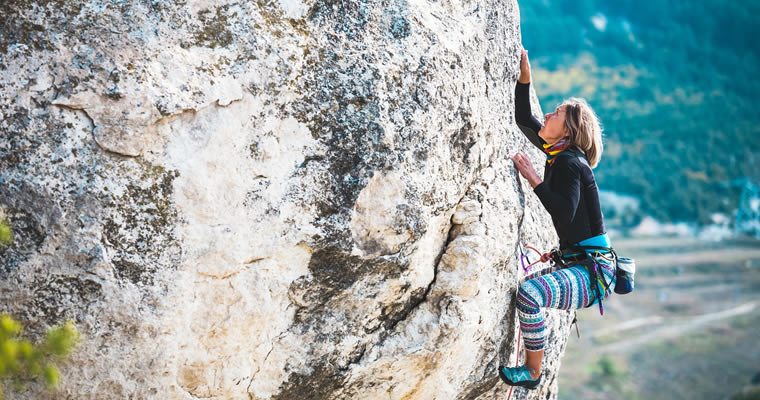Finding Your Way – Part 2
“Not all those who wander are lost.”
— J.R.R. Tolkien
Press play to hear an audio enhancement as you read.
Going straight from A to B may seem the shortest and best route but only when we neglect to take topography into account.
Maps are two dimensional. But they often also describe height, the third dimension, with shading and lines and printed elevations. This is important, because once we start hiking, topography becomes a key determiner for navigation. For instance, we can’t really bore through a mountain and climbing it is equally impractical. We go around mountains and hills, perhaps by finding a valley to follow.
This provides an interesting metaphor for our spiritual journey. And it recalls the story about an enthusiastic student who asked his master how long it would take to achieve enlightenment if he meditated two hours every day. “Five years,” his teacher replied.
“And how long if I meditate four hours every day,” the student asked. His master smiled and said, “Well, then it will take you twenty years.”
His point had little to do with meditation or time; he was exposing the futility of ego ambition and the fallacy of trying to manage our journey at a mental level. As important as meditation is, plus other spiritual practices and worthwhile disciplines, the whole point is to surrender ego identification. Remember, it’s the human ego that likes to take credit for what’s achieved.
In this case, the student was earnestly trying to accelerate his spiritual progress. But his master pointed out that the “I” wanting to do that was the problem! More effort authored by the student’s ego – however appropriate the actions might seem to be – could only serve to slow down his actual progress.
Masters understand that we make the path by walking it. Yes, we follow in the footsteps of sages who have gone before, but they did the same. We can study and theorize and meditate all we want, but putting one foot down in front of the other in our daily lives is how we actually get from where we are now to wherever we would like to go. So, it’s not as important to meditate a certain number of hours a day as it is to “be meditated” (to surrender control) and learn how to stay in that humble state more and more moments of every day. We are not controlling, we cannot control, the process of awakening.

And, there’s no guarantee that the path will be easy. In fact, if it’s the real path, it’s not. The modern mystic Andrew Harvey likes to say that the true path is not for sissies! We know this from experience and we also know that if we don’t quit, we will always learn more from the tough times than the easy ones. Of course, we tend to linger in our cozy, comfort zones. But, when it’s time to move on in life, those comfort zones begin to become uncomfortable. It’s time to let go.
The Buddha said that “You can only lose what you cling to.” One of the most precious things we cling to is our addiction to knowing the way and our fear of getting lost. But the ego needs to get lost! As long as it’s running things we will be running around in familiar circles, deluding ourselves that we’re getting somewhere, like hampsters on their wheels, running furiously and going nowhere.
Instead, we can enjoy the feeling of getting lost, of wandering and wondering and letting go to another kind of guidance. How often has something surprisingly helpful occurred when we did exactly that? How much more could happen if we did it more often? Those were trick questions, reprising the student inquiring of his teacher. Did you notice how easy it was for your ego to get in gear and apply this new idea. “Oh, I will now get lost regularly and that will help me on my way.”

It’s healthy to notice our own ego machinations and have a good laugh at ourselves. Many on the spiritual path become obsessively serious but let’s remember than God is the original trickster! This is a game, a joke, a play in consciousness. If God’s not taking this seriously, why should we?
That may sound irreverent and callous, given the suffering in the world but we can’t help those sinking in quicksand by jumping in ourselves. No, we learn how to stand solid on the shore and reach out a hand to those in need. But they must reach towards us too and accept our help. Otherwise, we might lean too far and fall in ourselves. That’s not going to help us move along the path and it won’t help them either!
We continue. That’s one of the ancient definitions of “tantra,” to continue. Because the path goes on forever.
References:







Leave a Reply
Want to join the discussion?Feel free to contribute!